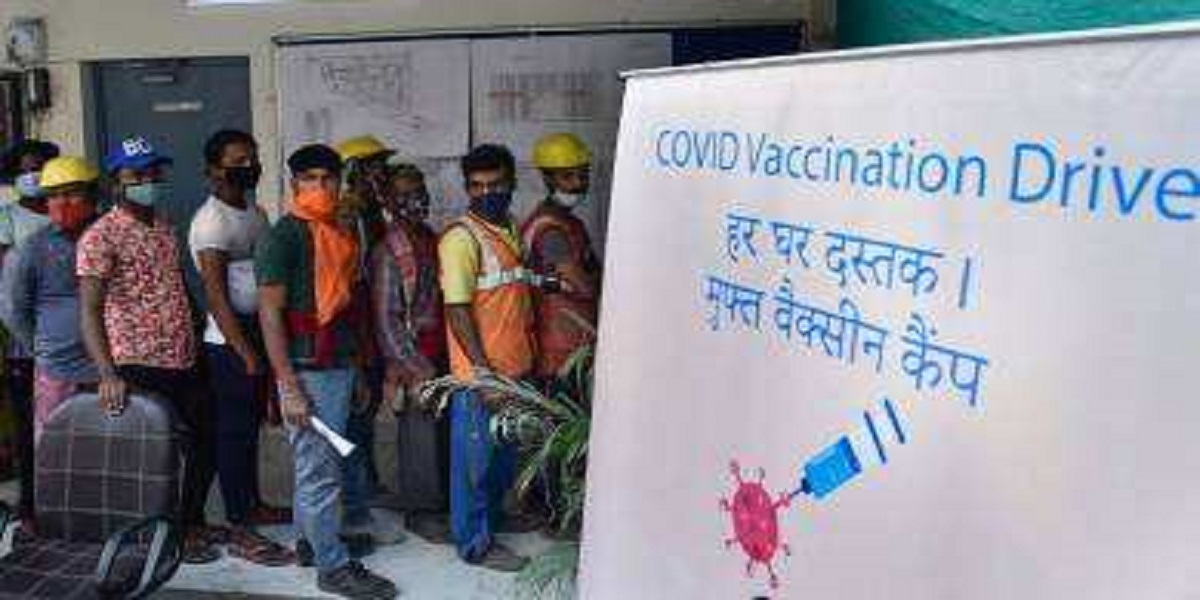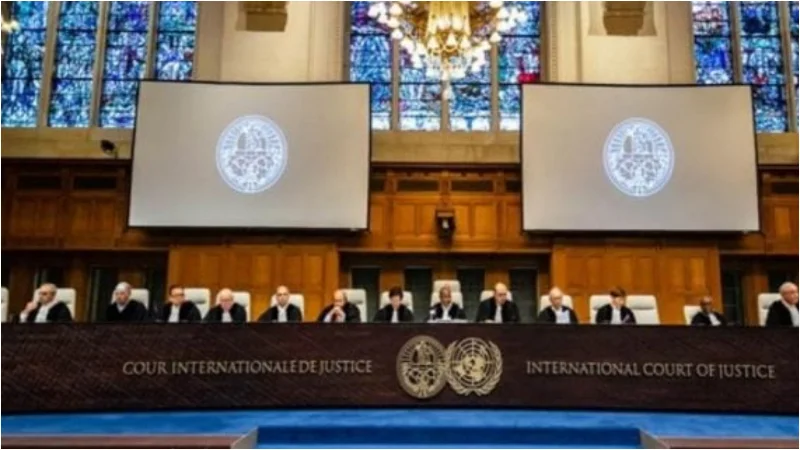On Sunday, India began distributing COVID-19 vaccine booster doses to all adults, but only front-line employees and persons over the age of 60 were eligible for free shots at government locations.
The doses, which India refers to as a “precautionary” shot rather than a booster, are available nine months after the second jab, according to a statement released by the Health Ministry on Friday. Those who do not fall into one of the two priority categories will have to pay for their vaccinations at privately run facilities, according to the ministry.
Unlike in other countries, where many people receive a different booster vaccine, most Indians have had the same one – in most cases, the AstraZeneca vaccine provided by India’s Serum Institute, the world’s largest vaccine manufacturer. Despite the fact that emergency authorization for eight vaccines have been granted, it accounts for over 90% of all doses delivered in India.
The Serum Institute of India announced on Saturday that the price of their AstraZeneca vaccine for private hospitals has been reduced from $7.90 to $2.96 per dosage.
According to official data, India has immunized roughly 96 percent of persons aged 15 and over with at least one COVID-19 vaccine dosage, with about 83 percent receiving both shots.
In January, India’s booster program began, allowing health-care and front-line employees, as well as persons over 60 with health concerns, to receive shots.
The number of coronavirus cases in India has dropped dramatically in recent weeks, with the Health Ministry reporting 1,054 cases in the last 24 hours.




















